But not all liabilities are expenses—liabilities like bank loans and mortgages can finance asset purchases, which are not business expenses. An expense is the cost of operations that a company incurs to generate revenue. Expenses are related to revenue, unlike assets and liabilities. The most common liabilities are usually the largest such as accounts payable and bonds payable. Most companies will have these two-line items on their balance sheets because they’re part of ongoing current and long-term operations. A company may take on more debt to finance expenditures such as new equipment, facility expansions, or acquisitions.
What Is a Contingent Liability?
FreshBooks Software is a valuable tool that can help businesses efficiently manage their financial health. To calculate current liabilities, you need to add up the money you owe lenders within the next year (within 12 months or less) or within the business’ normal operating cycle. This may include current payments on long-term loans (like monthly mortgage payments) and client deposits. They can also include loan interest, salaries and wages payable, and funds owed to suppliers or utility bills.
What is the approximate value of your cash savings and other investments?
Companies mark them as non-current debts on their balance sheet. When a business wants to make a big purchase, like new equipment or expansion, it may need a long-term business loan. This loan can come from a bank or another money-related institution. These loans help improve the company’s capital structure and give the funds needed for growth.
Times interest earned (TIE) ratio
- For information pertaining to the registration status of 11 Financial, please contact the state securities regulators for those states in which 11 Financial maintains a registration filing.
- This financial accounting ratio helps us see if a company has enough liquid assets to pay its quick bills.
- Liabilities can take various forms, like loans, mortgages, or accounts payable, and play a significant role in determining a company’s financial health and risk.
- Liabilities are any debts your company has, whether it’s bank loans, mortgages, unpaid bills, IOUs, or any other sum of money that you owe someone else.
Liabilities in financial accounting need not be legally enforceable; but can be based on equitable obligations or constructive obligations. An equitable obligation is a duty based on ethical or moral considerations. A constructive obligation is an obligation that is implied by a set of circumstances in a particular situation, as opposed to a contractually based obligation. Understanding what liabilities are in accounting, as well as the most common examples of each type, can help you track and identify them in your balance sheet.
- An expense is the cost of operations that a company incurs to generate revenue.
- See how Annie’s total assets equal the sum of her liabilities and equity?
- It compares your total liabilities to your total assets to tell you how leveraged—or, how burdened by debt—your business is.
- You would use this funding to purchase business assets and fund other areas of your operations.
Effective Approaches to Manage and Reduce Debt
After almost a decade of experience in public accounting, he created MyAccountingCourse.com to help people learn accounting & finance, pass the CPA exam, and start their career. A debt-to-equity ratio of 2 means the company has $2 in debt for every $1 in ownership. Knowing these types helps us to understand them better and to know when we should pay them. Liabilities don’t have to be a scary thing, they’re just a normal part of doing business.
It helps us see how a company gets its money by comparing its debt to the owner’s equity. This ratio shows how much a company relies on loans to operate. It also means that a larger part of the company’s assets is funded through debt. Assets and liabilities in accounting are two significant terms that help businesses keep track of what they have and what they have to arrange for. The latter is an account in which the company maintains all its records such as debts, obligations, payable income taxes, customer deposits, wages payable, and expenses incurred. Liabilities in accounting are any debts your company owes to someone else, including small business loans, unpaid bills, and mortgage payments.
Debt-to-Equity Ratio Calculator
Companies segregate their liabilities by their time horizon for when they’re due. Current liabilities are due within a year and are often paid using current assets. Non-current liabilities are due in more than one year and most often include debt repayments and deferred payments.
Keep in mind your probable contingent liabilities are a best estimate and make note that the actual number may vary. Liabilities are best described as debts that don’t directly generate revenue, though they share a close relationship. The money borrowed and the What is Legal E-Billing interest payable on the loan are liabilities.
Taxes Done
When a business borrows money, the obligations to repay the principal amount, as well as any interest accrued, are recorded on the balance sheet as liabilities. These may be short-term or long-term, depending on the terms of the loan or bond. Accrued Expenses are expenses that a company has incurred but not yet paid.
